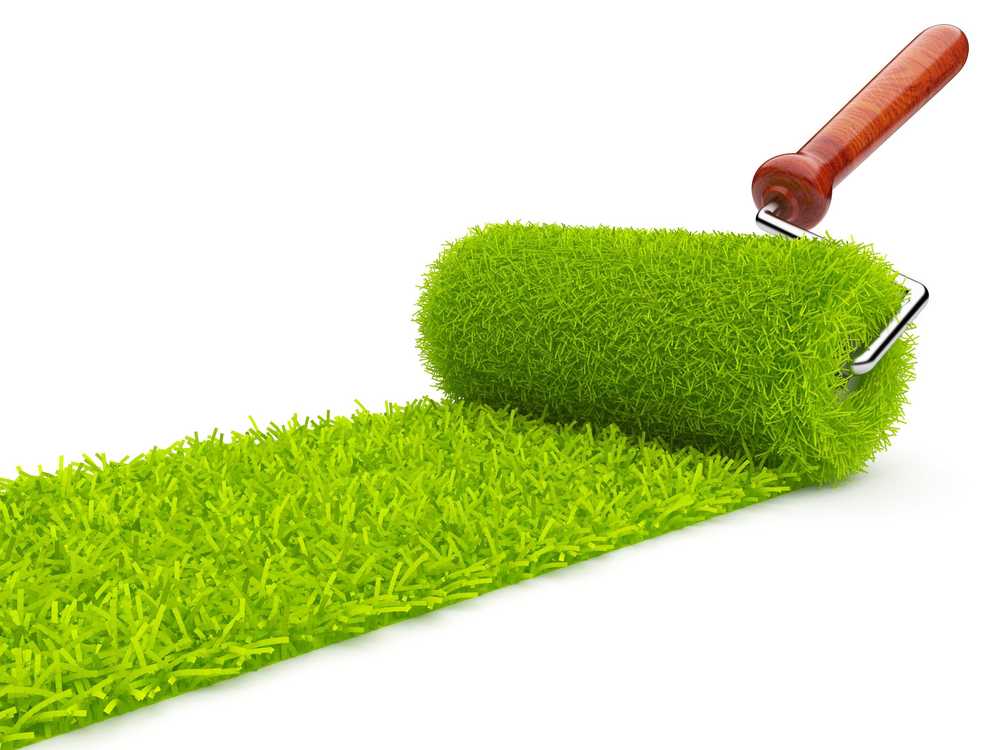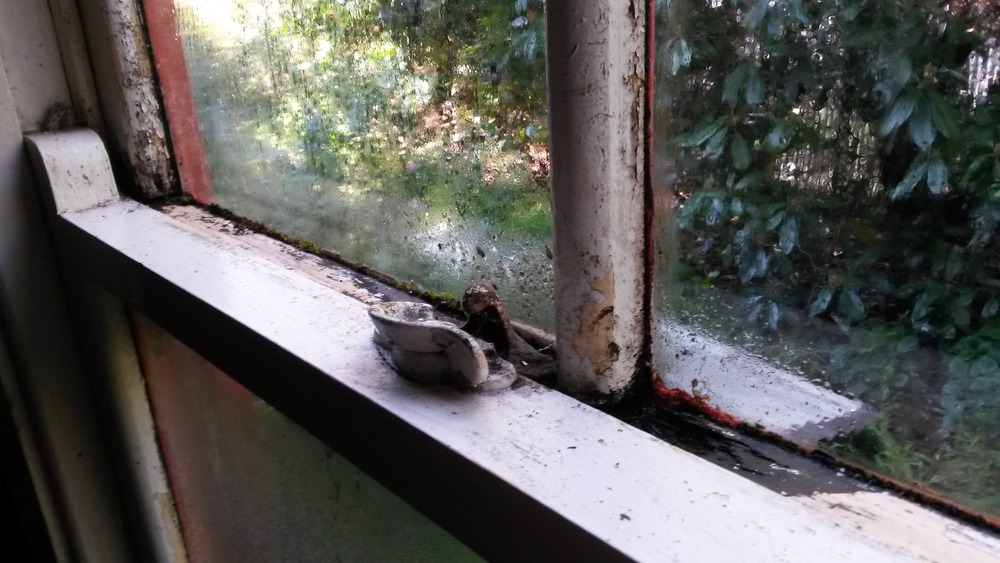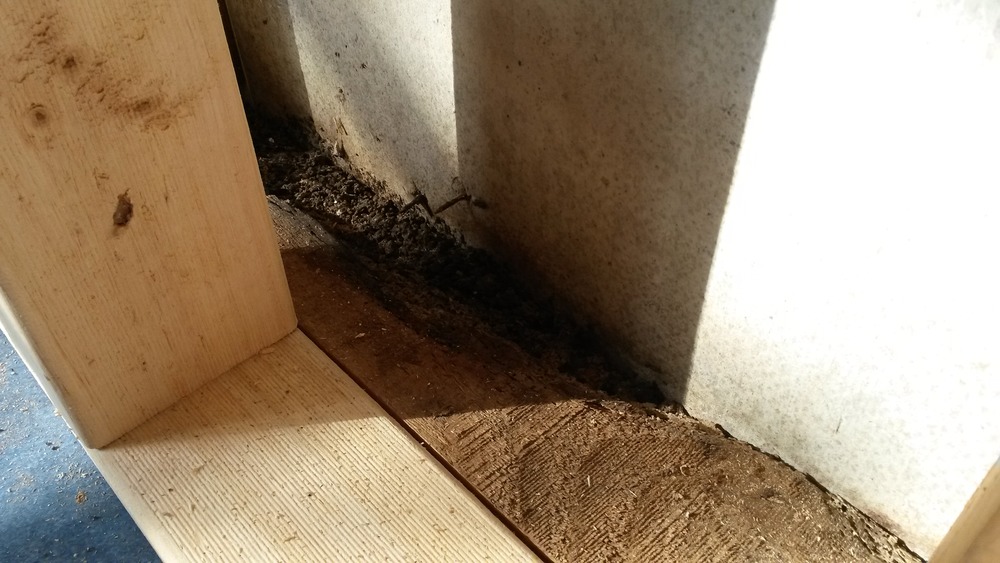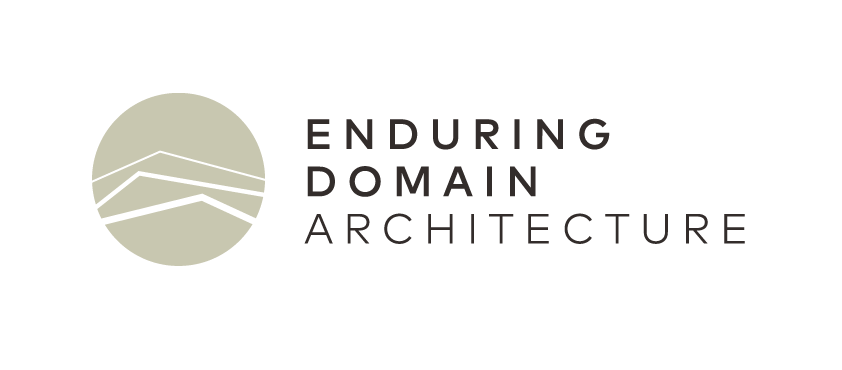
14 Aug Healthy Homes – What does that really mean?
Mainstream media, megalomaniac marketing campaigns and sexy glossy magazine photo shoots of award winning designer homes have a lot to answer for when it comes to defining what makes a healthy home.
‘greenwash’ noun – disinformation disseminated by an organization so as to present an environmentally responsible public image. Image courtesy of www.1millionwomen.com.au
While being stuck at home sick on a weekend is not an ideal way to pass your time, it has given me an opportunity to catch up on the wonderful world of DIY home renovation TV shows.
One such program caught my eye as it was titled Healthy Homes, but it soon became apparent how misleading the name of the show was when they started singing the praises of the quality of a particular major volume home builder. Now I won’t stoop so low as to mention their name, for one reason I’m clearly not the type of petty person to complain about the sub-standard quality of work of others in my industry, the other reason being in the unlikely scenario that they read this blog and decide to take me to the cleaners for everything I don’t have. However, I’m assuming they were a major sponsor of the program and therefore probably have a right to have favourable things said about them in the context of whatever they like.
Unfortunately in this era of mass media the loudest voices get listened to the most and many buzz words get bandied about to associate products and services with certain desirable qualities of new homes. Healthy home, eco home, green living, sustainable this, sustainable that.
What I want to know is, what do you, the aspiring new home builder think constitutes a healthy home? Is it the use of natural looking materials? Is it having lots of double-glazing? Is it having a pergola with deciduous vines growing on it? Is it having a water tank and solar panels on the roof?
Allow me to posit what I think is the most important aspect to creating a truly healthy home.
To eliminate dampness, mould and dust within the home.
Mould can be harmful to your health and can cause respiratory problems, headaches and migraines, tiredness and aggravate asthma. Dust mites feed on mould spores and can make living in your own home a nightmare for allergy sufferers. Mould forms in excessively damp and inadequately ventilated spaces of the home. Condensation in the typical Australian home is the biggest culprit and it is a problem occurring even in new homes we are building today.

You could be forgiven for accepting the condition of this window due to its age, but nobody should have to live in a home where the condensation is so bad that the timber frames have rotted from the inside and black mould spores have made their home.
In a wildly generalist statement, there just isn’t the understanding or level or caring required in our mainstream building industry to be able to design and build homes and workplaces which can adequately control excessive levels of condensation and moisture. And it’s not just human health which is at risk but also the integrity of the building. Prolonged exposure to moisture in roof, wall and floor cavities can be rotting away your frame without you even realising it, greatly reducing the lifespan of your new home or investment.

Long term moisture build-up was hidden in this external wall until renovations uncovered the damage to the timber bottom plate.
The good news is we know what to do about. Design details and construction measures taken to reduce condensation in the building will also have the desired side effect of making your building much warmer to be in. For those of us living in the cool temperate climes of Australia you will know that we have to endure at least three months of the year of miserable weather which gets us all suffering from a little bit of Seasonal Affective Disorder. Using an architect or building designer who understands these issues and knows how to combat them will add so much value to your new home or workplace. When you have spent a winter living in an evenly warm, dry and light filled house you will know what I mean, and you will then consider anything less to be simply sub-standard.
Creating a healthy, warm and dry home requires a combination of many intentional decisions including building orientation and window placement, appropriate levels of insulation, the use of special breathable building membranes and of course ventilation. There is a lot to discuss here and I will do so in future blogs in which I hope to make the tone much more positive!




judy
Posted at 11:23h, 15 AugustI look forward to your next chapter on this topic!
Matt Turner
Posted at 06:50h, 17 AugustHi Judy, yes there is a bit more to discuss here regarding controlling condensation. I haven’t even begun to talk about the whole ‘greenwashing’ thing, that could really get me started!